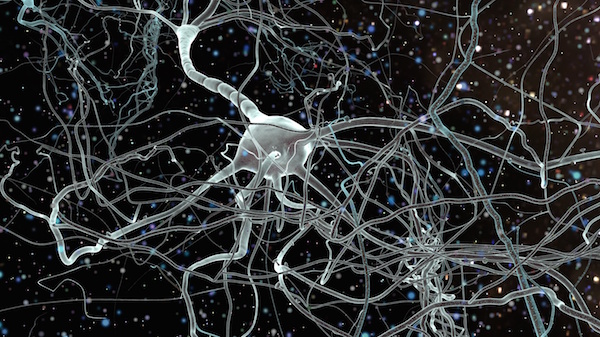
WEDNESDAY, Dec. 12 (HealthDay News) — Monitoring pressure build-up in the brain after a severe head trauma is critical, and a combination of CT scans and neurological exams may work as well as the current, more invasive method, a new study suggests.
Intracranial pressure typically is measured with a sensor device that is inserted into the patient’s head using a catheter or screw. The device keeps constant track of pressure in the brain, which is important because too much pressure can result in permanent damage.
“The study challenges the long-held belief that patients require intracranial, invasive monitoring,” said Dr. Robert Glatter, an emergency-room physician at Lenox Hill Hospital in New York City. Glatter was not involved in the study.
“The study shows that a good clinical exam combined with appropriate imaging really has the potential to be as good as serial measurements of intracranial pressure when you are trying to assess response to serious head trauma,” he said.
“It’s too soon, however, to make a judgment about replacing the current practice with scans and exams,” he added. “Larger studies are essential to really confirm the findings of this study.”
The report was published Dec. 12 in the New England Journal of Medicine.
For the study, a team lead by Dr. Randall Chesnut, a neurosurgeon at Harborview Medical Center in Seattle, randomly assigned more than 300 patients in hospitals in Bolivia and Ecuador to intracranial pressure monitoring or CT scans and clinical exams.
Specifically, the researchers looked for survival and mental functioning three and six months after the head trauma.
They saw virtually no difference between the outcomes of patients on intracranial monitoring and those who were evaluated with CT scans and clinical exams. The mortality rates after six months were 39 percent in the intracranial-pressure-monitoring group and 41 percent in the scans-and-exams group, the study found.
“Within this field, this is a game changer,” Chesnut said in a statement.
Chesnut believes the current method of pressure monitoring relies too heavily on specific readouts of pressure, and not on an individual patient’s overall condition, while exams and CT scans are better indicators of overall condition.
“We suspect that one major issue is that 20 mm Hg” — a number that indicates normal intracranial pressure — “is not a magic number, and that patients require a more complicated method of treatment,” Chesnut said.
He added that these results suggest that different methods of monitoring patients should be more commonplace. This could mean more focused treatment, less unnecessary treatment and shorter stays in the intensive-care unit.
In Bolivia and Ecuador, intracranial monitors, which cost $700 or more, are not routinely used, which is why the study was conducted there, Chesnut explained. The U.S. National Institutes of Health funded the study.
Another expert questioned whether using CT scans and repeated exams would be as cost-effective as using intracranial monitors in the United States.
“We need to see whether replacing the device is cost-effective compared with having a neurointensivist analyzing changes and also having CT scans available throughout the day and having support systems available to run those CT scans, plus the cost of the CT scan itself,” said Dr. Danny Liang, a neurosurgeon at the Cushing Neuroscience Institute of the North Shore-LIJ Health System in Manhasset, N.Y.
According to the World Health Organization, traumatic brain injury is the leading cause of death among people aged 15 to 29, and is the leading cause of death from car crashes.
Each year, some 1.2 million people die in crashes and some 50 million are injured, according to the World Health Organization. These rates are expected to rise 65 percent over the next 20 years, and traumatic brain injury will be one of the top five killers by 2020.
More information
For more on traumatic head injury, visit the U.S. Centers for Disease Control and Prevention.

